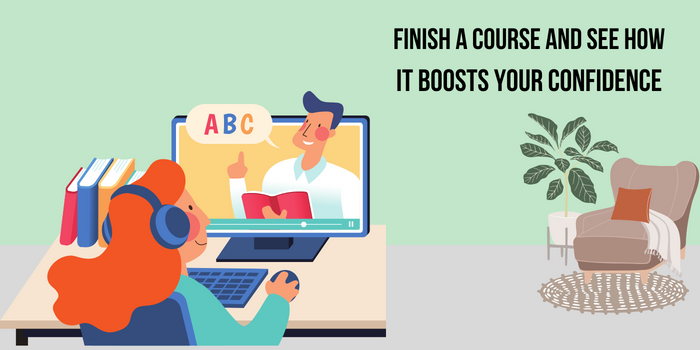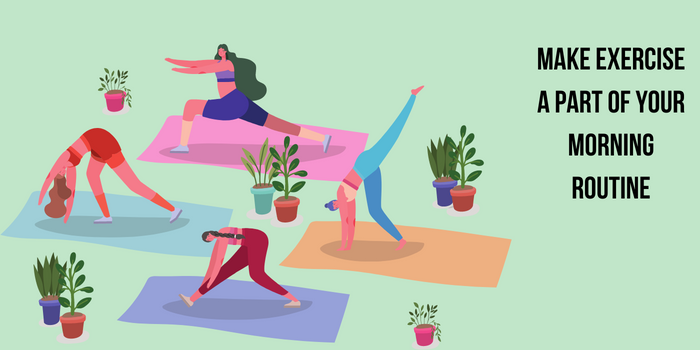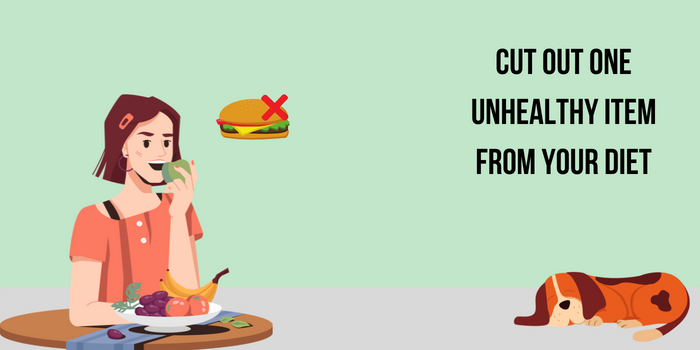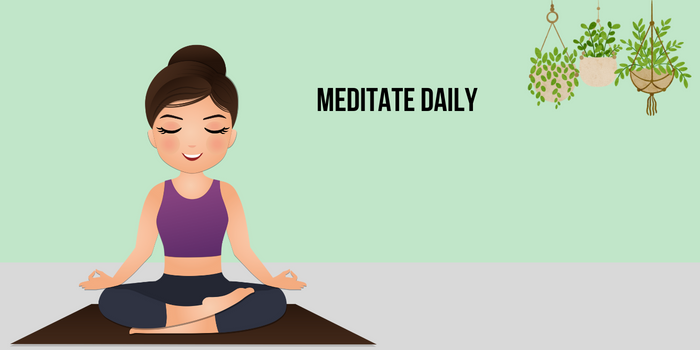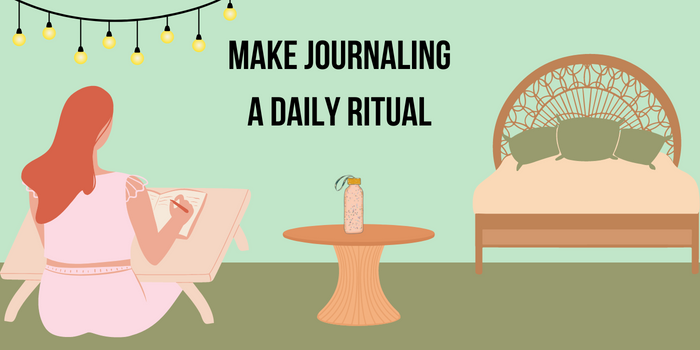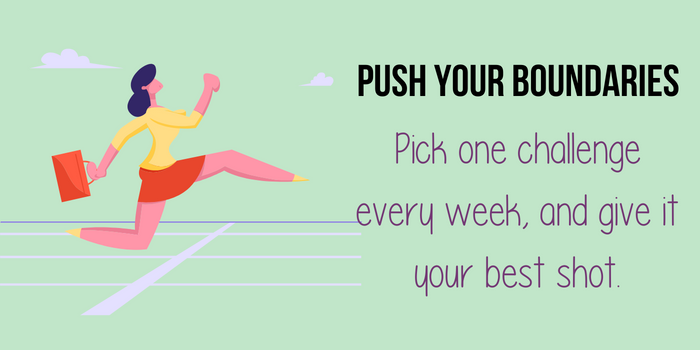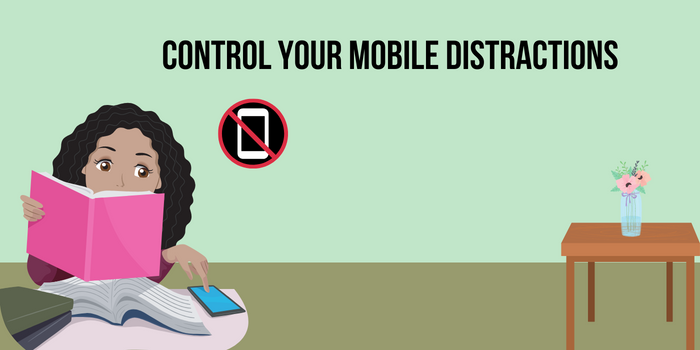Sometimes, we get stuck in a rut and nothing seems to be moving in our life. We feel lethargic, directionless, and low energy. Every day, we resolve to change ‘tomorrow,’ but that day never comes. That is what being in a rut is like. You’re at a loss as to how to improve yourself.
So how does one get energized and smash through this rut? In this blog, I’ll share with you 10 actionable tips to give your life a much-needed jolt of energy. You don’t have to do all of them at once — just start with one or two, and see what happens.
Here are 10 ideas for personal development.
1. Pick an online course or book and finish it
Online courses (and books) are one of the most overlooked and underrated tools for life improvement. And here is why I say that.
Today we have access to online courses from the best experts and universities in the world– even 15 years back this was unimaginable. Without writing GRE or GMAT, and without spending truckloads, we can learn from the world’s most accomplished teachers.
Pick any course that you like. How about learning a new language? Maybe something new to help you get more opportunities and responsibilities at work?
And every time you learn something, it gives you a sense of achievement and progress — it motivates you to do more. Yet, we often overlook it. Don’t. Pick up a book or course and complete it — just see how it boosts your confidence and morale.
2. Start your day with exercise
We know that a regular exercise routine is good for physical fitness but we underestimate its impact on our mental health, confidence levels, sleep quality, self-esteem, and willpower. Exercise causes endorphin release, which lowers stress and anxiety, and enhances our mood.
Physical exercise is better than any vitamin you can buy.
How to make exercise a part of your morning routine
- Wake up at a fixed hour and start your day with a physical activity of your choice, be it yoga, aerobics, jogging, working out at the gym, or even cycling.
- If you are not sure what suits you, try different activities to identify your interests. My preference is strength training in the gym (3-4 days a week) and running on the road (2 days a week).
- To motivate yourself you can try two things — (1) maintain a habit tracker and (2) rope in some friends to give you company. Being part of a community is a huge motivator.
If you’re not in the habit of working out regularly, start small. Start with 30 minutes of walking a day. Then slowly increase the duration and intensity.
3. Focus on a single task for one hour every day
We can’t experience the joy of flow if we are constantly busy and switching between tasks. Flow is almost a meditative state where you are so absorbed in a task that you lose track of time.
Focusing on one thing at a time is a powerful way to increase attention span and productivity, as well as increase the chance of getting into a flow state. I can personally vouch for this self-improvement tip.
Unfortunately, many of us believe that multitasking helps us get more done in less time. Surprisingly, we can complete our tasks quicker and better while mono-tasking.
How to concentrate on a single task
- Set aside a fixed hour every day to work on just one task with 100% attention.
- Get rid of all devices and shut down any applications that you may not need for the task at hand.
- For one hour, set a timer and concentrate on your task without switching to anything else, no matter what.
4. Cut out one unhealthy item from your diet
Eating unhealthy is obviously bad for you — but not just that, it also makes you feel unhealthy and sluggish. When you cut down on a bad food item, it gives a sense of achievement and makes you feel better.
How to start consuming less unhealthy food
- Create a list of all the food and beverages you normally have in a day, select one unhealthy item, and commit to avoiding it altogether — you are just giving up one item. That’s all.
- Replace it with a healthy alternative. For instance, you can replace packaged juices with water, chocolate bars with nuts, savory snacks with wholegrain crackers, biscuits with fresh fruits, etc.
- Even though it is a small step, it kickstarts a journey of change. That is what matters. Once you start the change process, a lot more will happen.
5. Carve out time to meditate daily for a month
Meditation helps improve your mental and emotional health, calms your mind, and helps you see your life more clearly. Several scientific studies have concluded that it can enhance self-awareness, reduce stress and negative thoughts, lengthen attention span, control anxiety, lead to better sleep, and uplift your mood.
While there are hundreds of meditation techniques, we recommend you start with mindfulness meditation for 20 minutes daily, for the next 30 days. In mindfulness meditation, you focus on the breath as you inhale and exhale.
How to meditate and turn it into habit
- Find a quiet spot and sit comfortably.
- Begin by taking in a few deep breaths. Then allow your breathing to become normal.
- Feel the sensation of breathing as you inhale and exhale. Observe your breath as closely as you can. Here is a comprehensive guide I wrote on how to meditate.
- Start with small sessions of about 10-15 minutes and increase the duration gradually.
- Follow a routine of meditating at a fixed hour and place.
While meditation is in itself powerful, turning it into a morning routine is even more so. Since most of us struggle to do it consistently, at HabitStrong, we run a ‘Become a Morning Person’ bootcamp where participants do 35 min of meditation and 15 min of journaling (including gratitude journaling). The bootcamp is conducted live on Zoom, with a like-minded community, which makes it much more likely that you will build the habit. Do check it out.

Become A Morning Person Bootcamp
For calm mornings with a daily meditation & journaling routine
6. Write a gratitude journal for 10 days
Being grateful changes your perception of life, leading to greater happiness, better health, and stronger relationships. And this is not just folklore — cutting-edge research on positive psychology has demonstrated the power of gratitude.
Writing a gratitude journal is an easy, yet powerful way to focus on what you have rather than what you think you lack. It can help you to experience more contentment in life. And I say this also from personal experience, not just research findings.
You can start by maintaining a gratitude journal for 10 days.
How to begin a gratitude journal
- Set aside 10 minutes at the beginning or end of the day to write your gratitude journal.
- Focus on the things or experiences from that day (or the previous day) for which you are grateful – big and small.
- Reflect on why those good things happened to you. Who was behind those gifts and did it require some thoughtfulness or sacrifice to give you the gift? Note them down in your journal.
7. Lower your stress with progressive muscle relaxation
Since stress and anxiety often rule our life, reducing stress can have a massive impact on our mood and well-being. Progressive Muscle Relaxation (PMR) is an exercise therapy to calm your body and relax your mind. It’s a deep relaxation method that can help relieve muscle tension, reduce insomnia, and control symptoms of certain kinds of chronic pain.
The PMR technique involves tightening, holding, and relaxing your muscle groups, one at a time. As your muscles relax, your brain also relaxes, activating your parasympathetic nervous system. It eliminates the stress almost instantly. You can practice it whenever you feel stressed.
How to practice progressive muscle relaxation
- Sit or lie down in a quiet and comfortable area.
- Take a few deep breaths to relax your body.
- Now, contract one muscle group for about 10 seconds — for instance, your feet. Then, release the muscle group, letting go of the physical tension.
- Next, you can repeat the process with calf muscles, moving up the body one muscle group at a time.
8. Maintain a daily journal for a month
Journaling about your day can bring more clarity to your thought process and increase your self-awareness. This can be especially powerful when your mind is overloaded with emotions or stress.
You can write down anything that you have experienced during the day, regardless of whether it is good or bad. Putting unpleasant experiences into words can help you get them out of your system and reduce mental distress.
Start writing a daily journal for a month and witness how it changes your mindset.
How to start a daily journal
- Set a fixed time for journaling, such as 15 minutes in the morning or before bedtime.
- Allow your thoughts to flow on paper.
- Be honest while writing and avoid judging or censoring yourself.
- If you are not sure how to get started, consider these prompts:
a) How was this day different from the other days in your life?
b) Are you facing any challenges in your life? How do you plan to overcome them?
c) If given a chance, what would you like to change about this day?
In our ‘Become a Morning Person’ bootcamp, after meditation, we do 15 min of journaling every day, from Mon to Fri.
9. Push your boundaries — do one hard thing each week
Sometimes, when we push ourselves, the sense of achievement motivates us to push even harder. Here is a personal example I shared on LinkedIn. In this post, I have shared how as a student, I did all-nighters to break out of the rut, whenever I found myself stuck.
So, take the plunge and start doing one difficult thing once a week.
How to push your boundaries
- Think about a challenge that you feel might be beyond you, something that you may even fear. It can be anything you feel you aren’t capable of, brave enough, good enough, or strong enough to do.
- Pick one every week, and give it your best shot. It could be something as simple as a run that is longer than usual or working with full focus on a chosen goal. Get out of your comfort zone.
- After you are done, reflect on how it felt. Feel the sense of achievement you got.
10. Control your mobile distractions
Smartphones are double-edged swords. While they have made our lives easier, they have also made us addicted.
Studies indicate that smartphone addiction can lead to depression, anxiety, disturbed sleep patterns, fear of missing out (FOMO), and behavioral issues. All these can impact your mental health and social relationships. Here is my video on how our digital distractions are destroying us as we spend the most time every day glued to our smartphone screens.
Smartphone addiction is the one bad habit that you must get rid of. But you don’t have to stop using mobile phones altogether — just bring their usage under control. Also, do a mobile phone detox for 12 hours a day, every Sunday, for 4 weeks, and see how it feels.
How to do a mobile phone detox
- Switch off notifications from all apps, especially social media, and set your phone aside. If you can’t switch them off or put them in flight mode, put them outside your physical reach.
- Indulge in activities where you won’t need your phone. For example, spending time with family, pursuing a hobby, playing with your pet, etc.
- Avoid carrying around your phone during the detox period.
- If you feel like picking up your phone, ask yourself why you need to do that, and why you can’t do it later.
To conclude
Self-improvement won’t happen overnight but kickstarting the process is much easier. The ten tips we gave in this article will get you started on the journey to change your life.
Once you start, you will start enjoying the progress and feel motivated to continue. That is how personal growth happens and you will change your life, one step at a time. Good luck!

